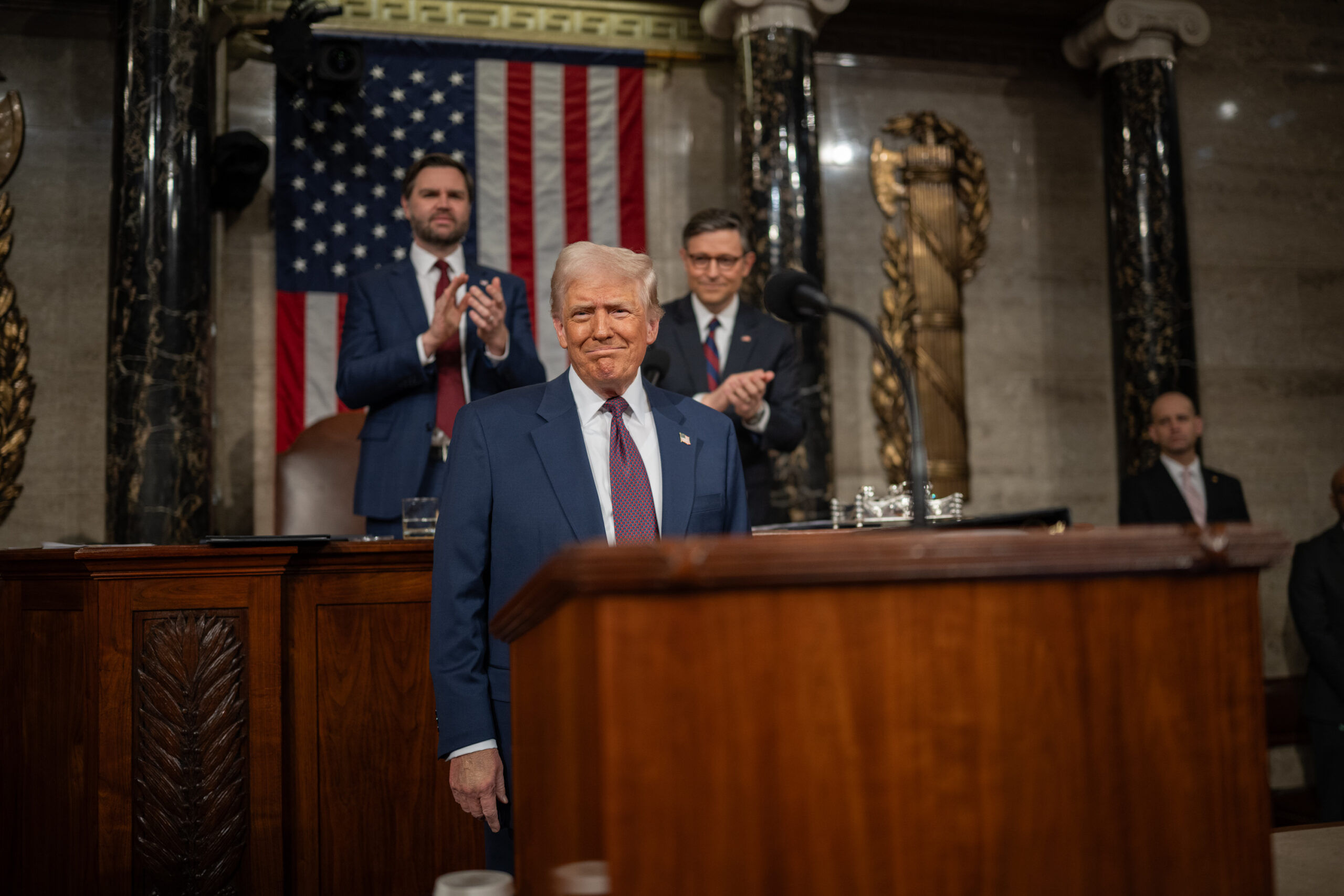
Did Donald Trump’s three-hour jaw-dropper on The Joe Rogan Experience clinch his 2025 return to the White House?
In an age where technology races, attention spans shrink to a mere eight seconds, and social media never sleeps, the art of communication has morphed into the defining force of modern politics.
At its epicenter stands Trump, the 47th US President, whose unscripted, fast-food-style rhetoric—delivered with the urgency of a drive-thru order—has upended how political messages are shaped, shared, and swallowed whole by a public craving instant hits over elaborate feasts.
This isn’t just about his electioneering flair; Trump’s mastery of immediacy now permeates his governance, from Oval Office showdowns to media-saturated executive order signings, offering a case study of how an ancient skill bends the digital age to its will.
The podcast playbook: Trump’s unfiltered blitz
Trump’s 2024 campaign leaned hard into podcasts, a medium tailor-made for his off-the-cuff style. The crown jewel was his October 25, 2024, sit-down with Joe Rogan.
For three hours, Trump unleashed a torrent of anecdotes—UFOs (“I’ve got good sources, wild stuff’s out there”), his uncle’s nuclear know-how (“MIT guy, so I get nukes, believe me”)—while Rogan, with 14.5 million Spotify listeners, played the bemused host.
When Trump mused about Kamala Harris crumbling under pressure—“She’d be on the floor, Joe, a mess”—Rogan offered a mild pushback: “I’d talk to her, just to know her as a human.”
That exchange, clipped and blasted across YouTube, hit 51 million views by early 2025, a testament to Trump’s knack for turning tangents into viral gold.
He didn’t stop there. On This Past Weekend with Theo Von, Trump spun a yarn about sipping Coke with a Civil War buff: “Great guy, knew every battle—I said, ‘You should’ve been there!’”
The drug rumour quip that followed racked up 14 million YouTube views.
Then, on Impaulsive with Logan Paul in June 2024, post-conviction, he grinned: “They convicted me, and donations soared—people love a fighter!” Paul’s Gen-Z audience ate it up, no hard questions needed.
Each appearance was a fast-food special—quick, familiar, satisfying—reinforcing what political strategist Frank Luntz calls “a masterclass in cutting through the noise.” Luntz told CNN in January 2025, “Trump talks like your buddy at the bar—unscripted, real. That’s his edge.”
Kamala Harris tried the podcast game too, but with less sizzle. Her October 6, 2024, Call Her Daddy episode with Alex Cooper, targeting young women (70% of its 5 million listeners are female, 76% under 35), stuck to abortion rights: “Trump says he’ll protect women? He’s stripping our choices.” It was tight, under an hour, and lacked Trump’s chaos.
Harris’s team angled for Rogan but lost out—Trump snagged the slot. Her aide Stephanie Cutter vented on Pod Save America:
We had one day; Trump took it. Rogan wouldn’t budge.
That miss hurt; Rogan’s young, male-heavy crowd was a demographic Harris couldn’t fully crack.
Her All the Smoke chat with ex-NBA stars Matt Barnes and Stephen Jackson pushed healthcare and education but felt stiff.
On The Breakfast Club with Charlamagne Tha God, she jabbed at Trump’s “Project 2025” vagueness—solid, but no viral zingers stuck.
Rogan later mused on X, “Trump went three hours, no edits; Kamala wanted an hour with handlers.”
That gap hints at why Trump’s podcast run might’ve been the election’s tipping point. His fast-food vibe—raw, instant, emotionally charged—thrived where Harris’s polished bites struggled to resonate.
From speeches to soundbites: A historical shift
Political communication wasn’t always this frenetic.
Franklin D. Roosevelt’s “fireside chats” soothed a Depression-weary nation with scripted warmth. John F. Kennedy’s 1960 debates with Richard Nixon blended substance and televised charm, every gesture rehearsed.
Even into the early 2000s, press releases and formal speeches held sway. But the internet—X, YouTube, TikTok—blew it apart.
A 2023 Pew Research Center study pegged the average American’s digital attention span at eight seconds, shorter than a goldfish’s. In this world, verbose policy talk drowns; visceral, bite-sized messaging rules.
Trump seized this shift. His 2024 campaign X posts—like “Crypto’s back, baby—America wins again!” when Bitcoin topped $100,000 in December—bypassed news cycles, sparking frenzies in under 15 seconds.
Media scholar Marshall McLuhan’s adage,
“The medium is the message,” fits here: for Trump, the medium is the unfiltered now, the message whatever stirs the crowd. The Biden administration’s detailed briefings, by contrast, often faded into the ether.
Cognitive psychologist Dr. Daniel Kahneman, in a 2024 interview, explained why:
Humans lean on System 1—quick, emotional thinking. Trump gets that instinctively.
Fast-Food governance: Executive Orders as theater
Trump’s communication doesn’t stop at campaigning—it’s how he governs.
His January 2025 Day One executive orders—slashing regulations, boosting energy—weren’t just signed; they were staged.
Cameras rolled in the Oval Office as he scrawled his name, barking, “We’re drilling, building, winning—done!” The 45-second X video hit 12 million views in 24 hours. This wasn’t the dry rollout of past administrations; it was policy as performance, a fast-food special served hot.
Communications expert Kathleen Hall Jamieson told NPR, “It’s the political Big Mac—bold, instant, memorable.”
Unlike predecessors who let press releases do the talking, Trump ensures the image—pen in hand, aides nodding—dominates the narrative.
His 19-minute 2025 inauguration speech doubled down. “We’re bringing jobs back, fast!” he pledged, half the length of Obama’s 2009 address, yet its soundbites flooded social media.
Political consultant Roger Stone, a Trump confidant, told Fox News, “He’s the drive-thru of politics—fast service, no frills. People scrolling X at lunch get it.”
That brevity, paired with theatrical flair, keeps Trump the loudest voice in the room.
The Zelensky showdown: Diplomacy, Trump-style
The pièce de résistance came February 28, 2025, in the Oval Office. A US-Ukraine minerals deal with President Volodymyr Zelensky turned into a live-TV shouting match.
Trump, flanked by VP JD Vance, snapped, “You’re not acting all that thankful,” with Vance piling on: “Have you said ‘thank you’ once?” Zelensky shot back, “Have you ever been to Ukraine?”
Tempers flared; Trump accused Zelensky of “gambling with World War III,” then booted him out, scrapping a press conference.
On Truth Social, he framed it:
He disrespected the United States in its cherished Oval Office.
This wasn’t hushed diplomacy—it was Trump’s fast-food playbook: raw, loud, emotionally charged.
Analysts like Jamieson see it as calculated theater.
“Confrontation is his brand,” she said. X posts later suggested Trump admitted as much:
“We had to get Ukraine to do the right thing.”
Clips hit millions of views, proving even a diplomatic flop can be “great television,” as Trump quipped.
It overshadowed the deal’s substance, keeping the spotlight on him.
Expert take: brilliance or bluster?
Experts split on Trump’s style. Dr. Jonathan Haidt, author of The Righteous Mind, told PBS, “He exploits loyalty, authority—moral triggers that resonate viscerally.”
His “America First” refrains cut through media clutter. But veteran journalist Carl Bernstein, in a March 2025 op-ed, warned, “He’s a carnival barker—entertaining, but it erodes discourse.”
Bernstein flagged Trump’s 2024 rally claim—“Mexico’s sending invaders again”—as misinformation fueled by speed over accuracy.
Dr. Pippa Norris of Harvard sees a global echo: “Trump’s soundbite presidency inspires populists like Bolsonaro and Meloni.”
Yet Senator Elizabeth Warren, on CNN in 2025, countered, “Tweets and tantrums don’t deliver healthcare or jobs.”
Trump’s base disagrees, citing manufacturing gains.
Political theorist Francis Fukuyama offers nuance in a recent essay:
Immediacy wins battles; substance wins wars. Trump excels at the former—jury’s out on the latter.
The verdict: Communication as the battlefield
Trump hasn’t reinvented communication—he’s retooled it for 2025’s attention economy. From Rogan’s mic to the Oval Office, his fast-food approach—quick, loud, felt—mirrors a cultural shift to simplicity.
Whether signing orders with flair or sparring with Zelensky, he proves what Luntz, Kahneman, and Jamieson affirm: it taps human psychology and media realities.
Trump’s legacy is clear: in an era of fleeting focus, the message that sticks is the one served fast.
As his second term unfolds, one truth holds—in modern politics, communication isn’t a tactic; it’s the whole damn war.
The post Explained: why Trump’s fast-food messaging succeeds in today’s attention economy appeared first on Invezz

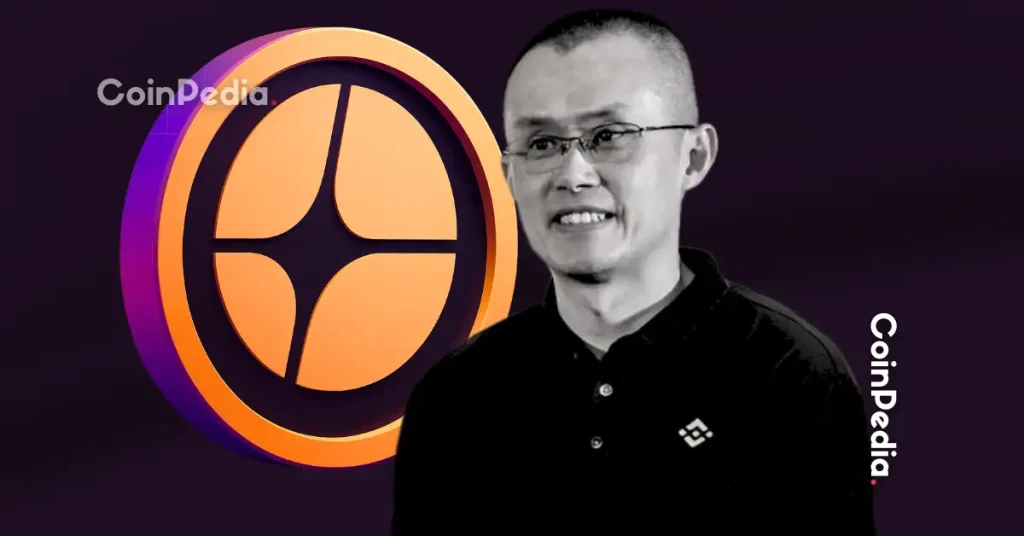


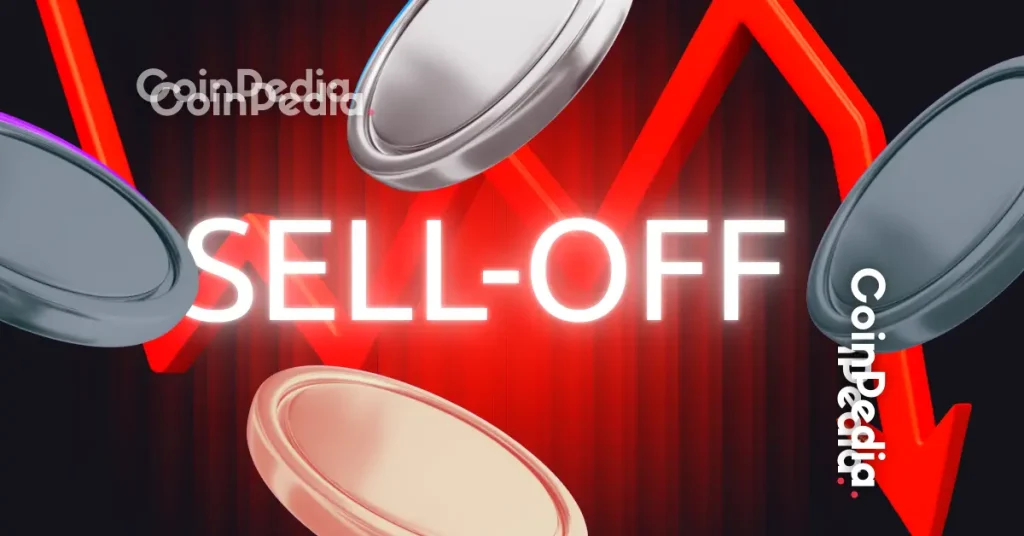

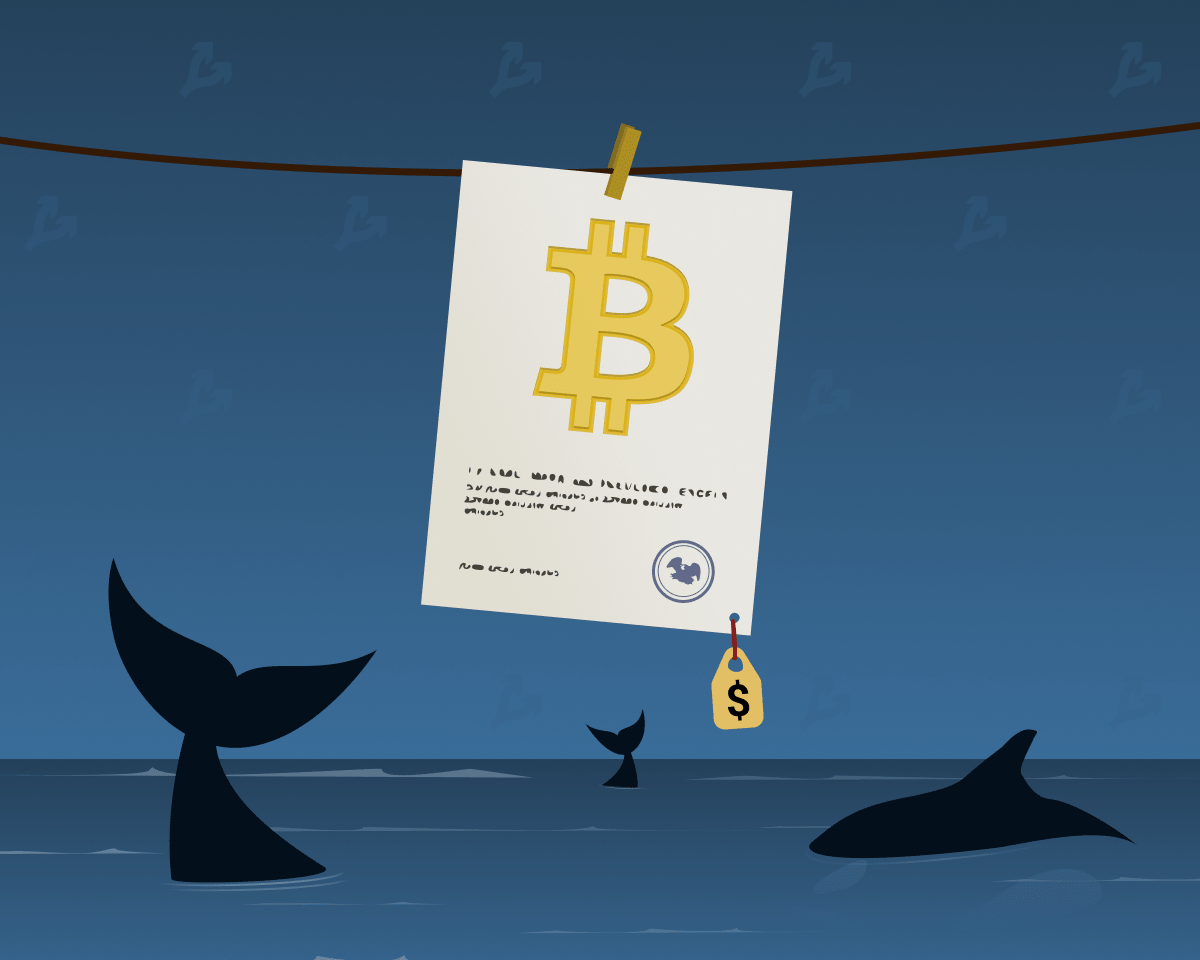



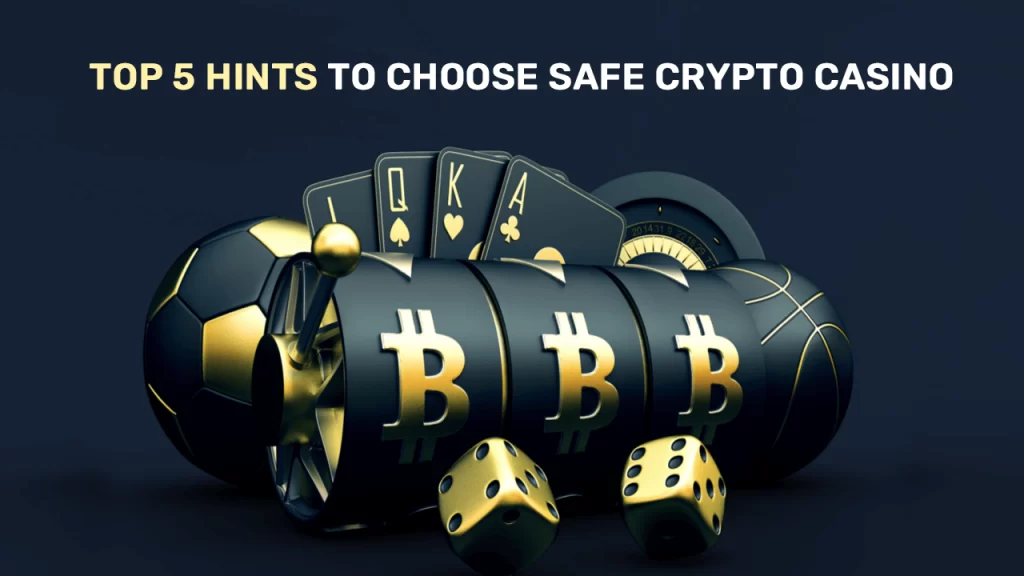

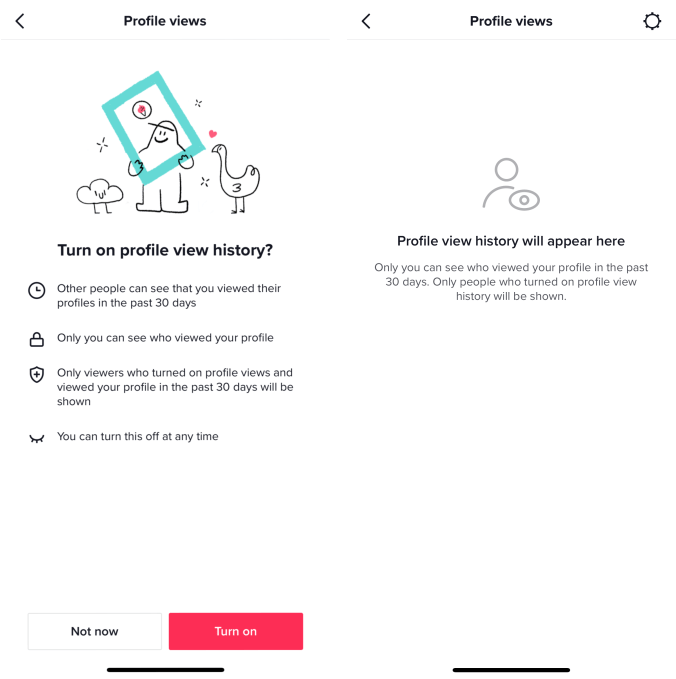

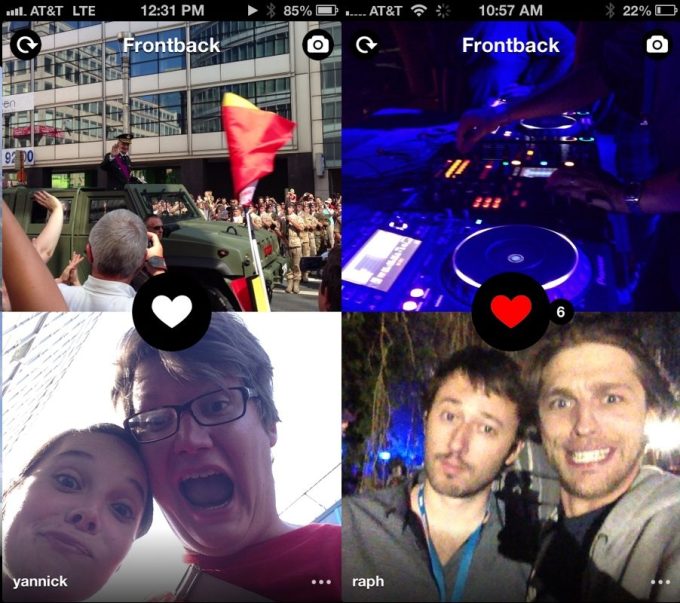
 English (US) ·
English (US) ·